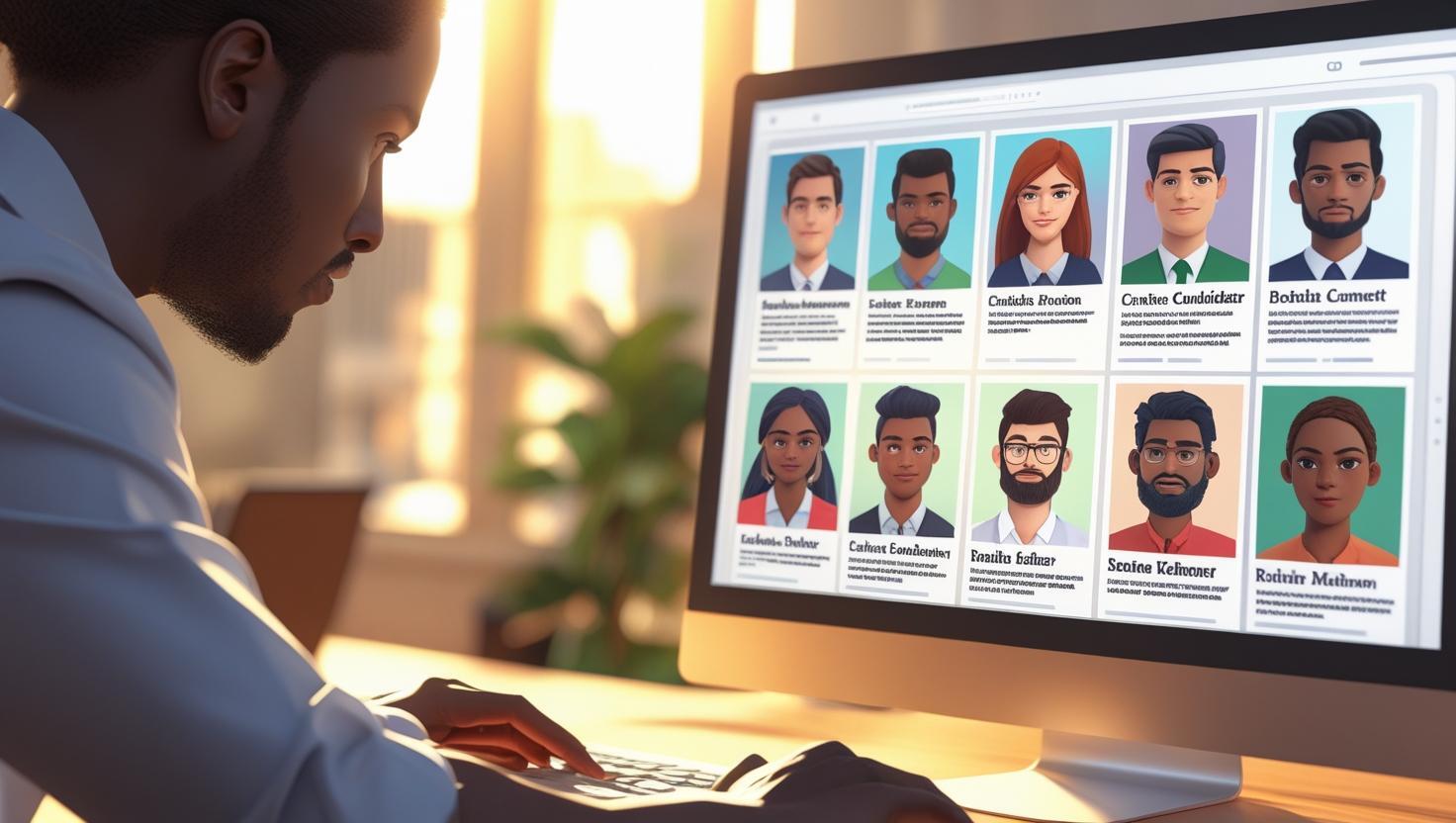Recruiting today looks very different than it did even five years ago. Candidate sourcing has evolved from manual searching and cold outreach into a data-driven, AI-enhanced discipline that requires both creativity and technical skill. This guide outlines the strategies, tools, and techniques that modern sourcers and recruiters need to stand out in a competitive hiring market.
What is candidate sourcing?
Candidate sourcing is the process of identifying, engaging, and nurturing potential candidates for current or future roles. It goes beyond posting a job description and waiting for applicants; it’s about proactively building talent pipelines through multiple channels, technologies, and personalized engagement.
Why you must diversify your candidate sources
LinkedIn remains one of the most widely used sourcing platforms, but it’s far from the only one (and in many cases, it’s no longer the most effective).
- Limitations of LinkedIn: As Trish Wyderka explained, “I’m actually a little bored with LinkedIn from a sourcing point of view… I can find a lot of people outside of LinkedIn with the new AI tools much easier and quicker.”
- Beyond LinkedIn: Recruiters are tapping into GitHub, Dribbble, Slack communities, Discord channels, niche job boards, professional associations, and even alumni networks.
- Hidden talent pools: Steve Melfi emphasized the importance of reaching beyond profiles: “I wanted to tap into not just profiles, but where could we find phone numbers, emails, other ways to get in touch.”
The ultimate goal, as Matt Lowney puts it, is to answer two key questions:
- Are we identifying people others aren’t talking to? and
- How do we scale it?
Data-driven sourcing: Analytics and reporting
Sourcing is no longer about volume; it’s about results. Recruiters who rely on gut instinct risk being left behind by competitors who treat sourcing as a data science exercise.
A/B testing outreach
Recruiters can run structured experiments by testing subject lines, message length, tone, and call-to-action. Tracking response rates ensures every iteration improves engagement.
Always Be Recruiting
Meghan Cantrell captures this mindset with “ABR—always be recruiting.” Even if candidates aren’t right for the current role, their network may lead to a perfect fit. Building and analyzing network growth turns sourcing into a long-term pipeline strategy.
Talent intelligence
Talent intelligence tools help recruiters analyze labor market trends, benchmark salaries, and identify where skills clusters exist geographically. By integrating this data, sourcing shifts from reactive to strategic workforce planning.
AI and automation in candidate sourcing
Artificial intelligence has fundamentally changed how recruiters source. Boolean strings still matter, but as Kristin Hughes put it, “A lot of the process of creating this great Boolean string and going out and finding and scraping the web—a lot of that’s going to be done for us.”
Agentic AI for candidate discovery
Glen Cathey describes the next evolution: “Agentic AI can be given a job description and then proactively search multiple databases, analyze profiles, understand the context of skills and experiences, and identify the most promising candidates—all with minimal human intervention.”
This means AI doesn’t just surface resumes, it interprets skills, career paths, and context to recommend candidates recruiters may never have found manually.
Brandon Jeffs summed it up well: “Being in agent mode allows recruiters to have the confidence that they are sourcing in their sleep, that someone has their back.”
Automating outreach and follow-up
AI tools can schedule outreach, craft message drafts, and even recommend personalization tactics at scale. Chad Doering from Emplify Health noted that their AI platform gave sourcing campaigns a “fresh, multi-dimensional approach.”
Learn the language of AI
Erin Mathew encourages recruiters to embrace prompt engineering: “I would even compare prompt engineering as akin to learning Boolean search—sort of understanding how to speak the language of the machine.”
For recruiters, this means learning how to frame prompts for sourcing platforms to maximize candidate matches and outreach quality.
Personalization in candidate outreach
Automation can scale, but personalization wins attention. Pete Radloff warned against blasting candidates with generic emails: “You can have a shell of 80% of what you’re trying to do to pitch a specific role to somebody, but 20% of that needs to really speak to them and speak to the ‘what’s in it for me.’”
Creative outreach formats
- Video messaging: Meghan Cantrell suggests using tools like BombBomb to send personalized video texts.
- Employer branding content: FAQ videos with the hiring team or employee testimonials build trust and authenticity.
- Social visibility: Connecting with candidates on LinkedIn ensures they see posts about your company, roles, and culture—even if they’re not ready to move today.
Networking beyond the immediate candidate
As Cantrell noted, even if a candidate isn’t a fit, their network could hold your next hire. Personalized outreach ensures those candidates are more likely to refer others.
Building a sustainable talent pipeline
Sourcing isn’t about filling today’s req, it’s about building communities of engaged talent. That’s why analytics, AI, and personalization matter most when applied consistently.
The recruiters who thrive in 2025 and beyond will be those who:
- Diversify beyond LinkedIn
- Use analytics to refine messaging and strategy
- Leverage AI as an intelligent partner
- Personalize at scale without losing authenticity
As Kristin Hughes reminded us: “It’s really just about how can I reach this person? How can I get in front of this person? How can I get their attention?”
Candidate sourcing is evolving into a discipline that combines technology, psychology, and marketing. The tools are smarter, the competition is tighter, and the talent market is more complex. To keep an edge, you need more than just another platform—you need a sourcing partner that unifies AI, analytics, and personalization into one seamless workflow.
With hireEZ, recruiters can diversify beyond LinkedIn, leverage talent intelligence, and use agentic AI to uncover and engage candidates others miss. Whether you’re scaling outreach, experimenting with A/B testing, or building long-term talent pipelines, hireEZ gives you the competitive advantage to source smarter and hire faster.
Ready to see how hireEZ can transform your sourcing? Request a demo today.






